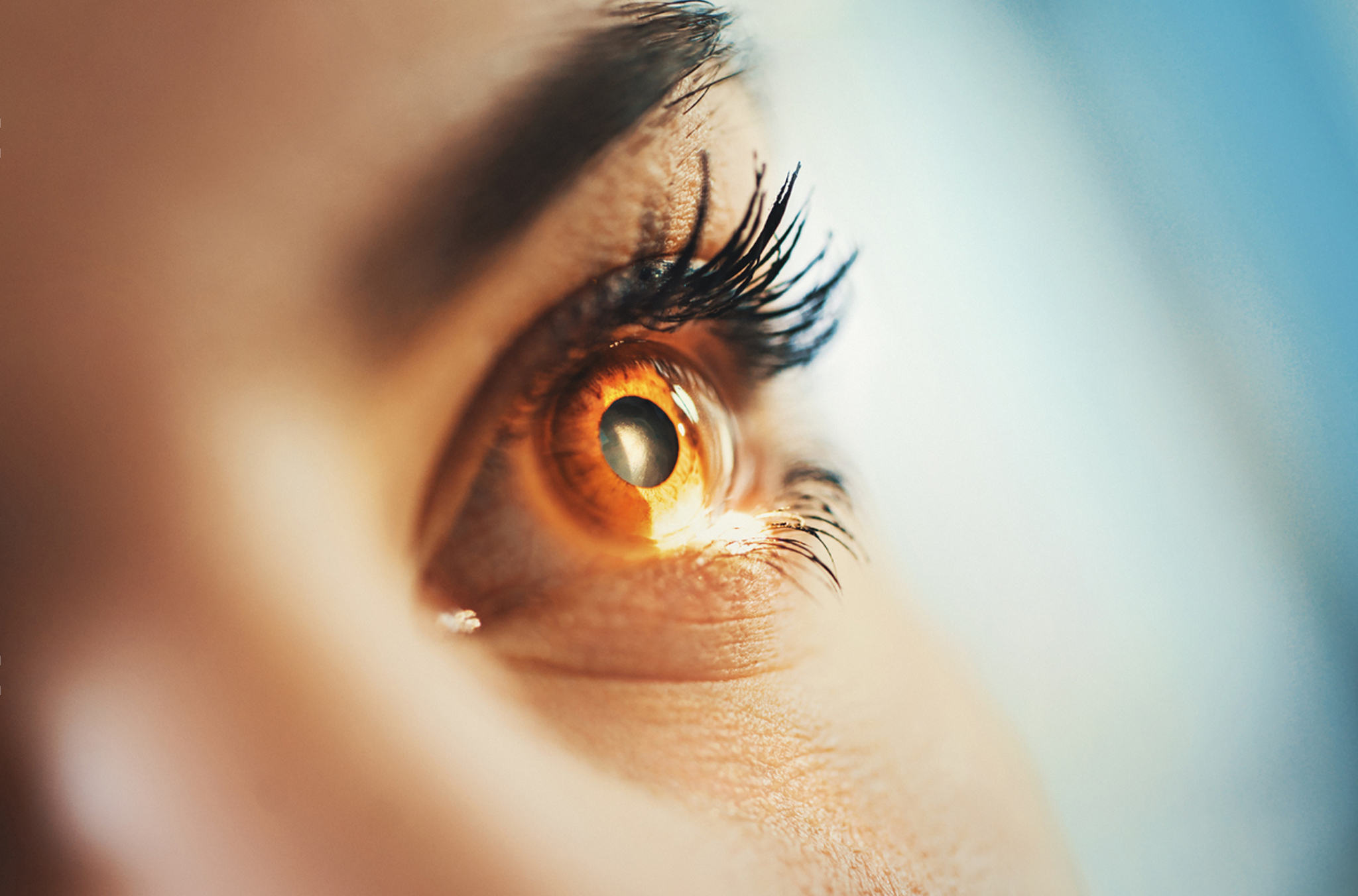
 Several national organizations, the American Diabetes Association (ADA), the American Academy of Ophthalmology (AAO), and the American Association of Clinical Endocrinologists (AACE) recommend annual comprehensive eye exams for all patient with diabetes beginning 5 years after diagnosis of Type 1 patients and at the time of diagnosis for Type 2 patients.1
Several national organizations, the American Diabetes Association (ADA), the American Academy of Ophthalmology (AAO), and the American Association of Clinical Endocrinologists (AACE) recommend annual comprehensive eye exams for all patient with diabetes beginning 5 years after diagnosis of Type 1 patients and at the time of diagnosis for Type 2 patients.1
Early intervention and prevention are key. Retinopathy is often asymptomatic and many patients are not aware of their condition until it is advanced.
In the United States, eighty percent of patients living with diabetes will eventually develop diabetes retinopathy. According to the National Institute of Health National Eye Institute,1 from 2010 to 2050 the number of Americans with diabetes retinopathy is expected to nearly double from 7.7 million to 14.6 million.
Primary care physicians will refer patients with diabetes to an eye care specialist for a dilated retinal exam (DRE); however, half of the patients referred will not schedule an appointment. When patients are asymptomatic, they do not notice a problem and they do not feel it is necessary to have an eye examination completed. There are other barriers that prevent patients from seeking treatment. Some of the patient’s barriers can be addressed with the use of teleretinal imaging in the provider’s office or clinic.
Teleretinal imaging can help increase patient compliance with DRE by identifying patients with diabetes within the primary care setting and providing retinal imaging on site as part of the routine diabetes office visit.
Teleretinal imaging has existed and has been available for many years; however, it has not been widely used in the United States because of the following:
With new advances in teleretinal imaging technology, primary care providers can now administer an eye exam as part of their patient’s diabetes care check list without a specialist to interpret the images.
In 2018, the FDA approved the IDx-DR autonomous artificial intelligence (AI) system and recently in 2020, the FDA approved Eyenuk to market EyeArt for detection of diabetes retinopathy:.2,3 These systems can provide:
Patients report that the most common reason they obtained dilated retinal screening was due to strong recommendation from their PCP at the time of their routine diabetes office visit. Many patients have limited knowledge and understanding of the purpose of diabetes eye screening, however, they will still obtain screening when recommended by their PCP.
Office staff, at the time of the visit, can make ophthalmology appointments for patients that require dilated retinal examination follow-up. Most important is the patient does not wait for a call back or letter from their health care provider directing them to make an appointment.
The 2020 American Diabetes Association new set of clinical standards recognizes the use of autonomous artificial intelligence (AI). The new ADA 2020 Standard of Medical Care includes language noting that “AI systems that detect more than mild diabetes retinopathy and diabetes macular edema authorized for use by the FDA represent an alternative to traditional screening approaches.”4
The IDx-DR system is a small tabletop operation which guides trained operators through the process using a robotic fundus camera to capture two images per eye and sends the images to the IDx-DR analysis system on a nearby computer. The images are sent to a cloud-based server that utilizes software and algorithm to detect retinal findings based on autonomous comparison with a large dataset of representative fundus images. That system takes about 20 seconds to determine if signs of diabetes retinopathy are present. The process does not require a trained ophthalmologist to be present. It requires minimal training and takes only four hours to educate staff on using the system.⁵
Health systems that are using autonomous AI have experienced significant improvements in accessibility, efficiency, and compliance rates.
1Diabetic Retinopathy Data and Statistics, NIH National Eye Institute @ https://www.nei.nih.gov/learn-about-eye-health/resources-for-health-educators/eye-health-data-and-statistics/diabetic-retinopathy-data-and-statistics  , accessed 6/8/2020
, accessed 6/8/2020
2 Endocrineweb for Healthcare Professionals, First In-Office Screening for Diabetic Retinopathy Cleared by FDA @ https://www.endocrineweb.com/professional/diabetes-complications/office-screening-diabetic-retinopathy-under-fda-review 
3 FDA Clears Eyenuk’s Diabetic Retinopathy Screening System @ https://www.fdanews.com/articles/198392-fda-clears-eyenuks-diabetic-retinopathy-screening-system  accessed 8.12.2020
accessed 8.12.2020
4American Diabetes Association. 11. Microvascular complications and foot care: Standards of Medical Care in Diabetes – 2020. Diabetes Care 2020;43(Suppl.1):S135-S151 @ https://care.diabetesjournals.org/content/43/Supplement_1/S135  , accessed 8/12/2020
, accessed 8/12/2020
5Growing IDx, Innovation IOWA @ https://innovationia.com/2019/05/30/growing-idx/ 
